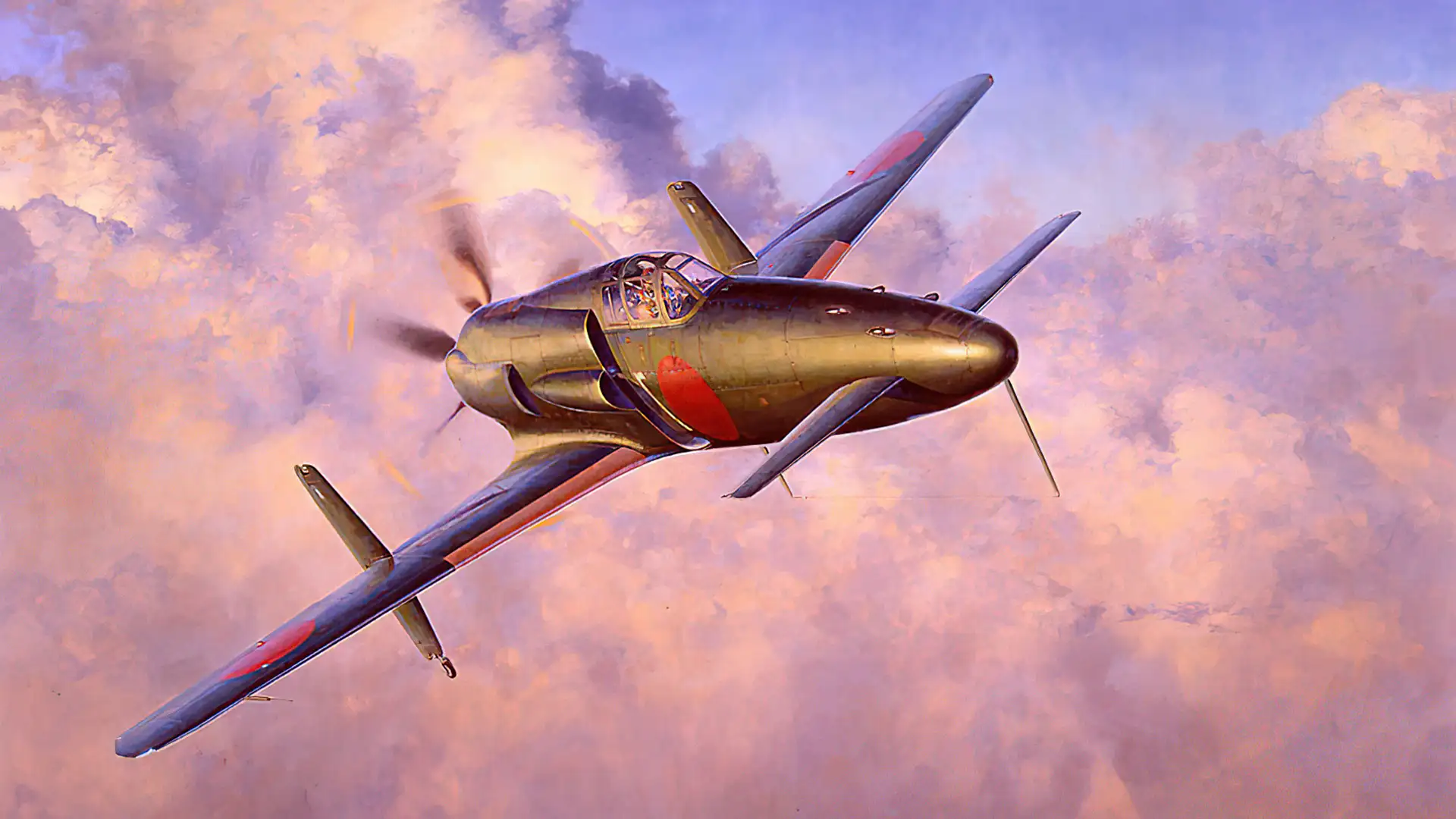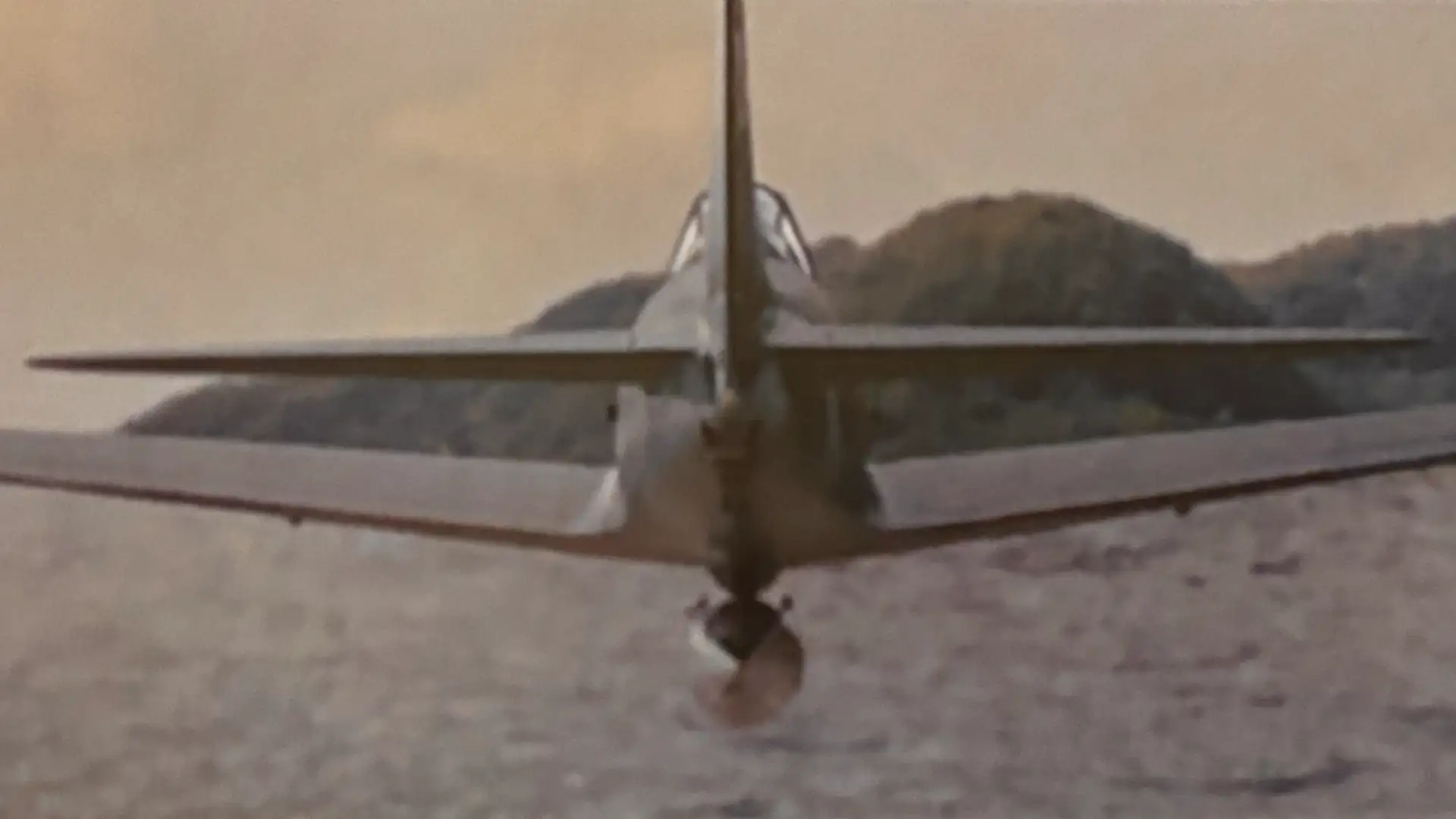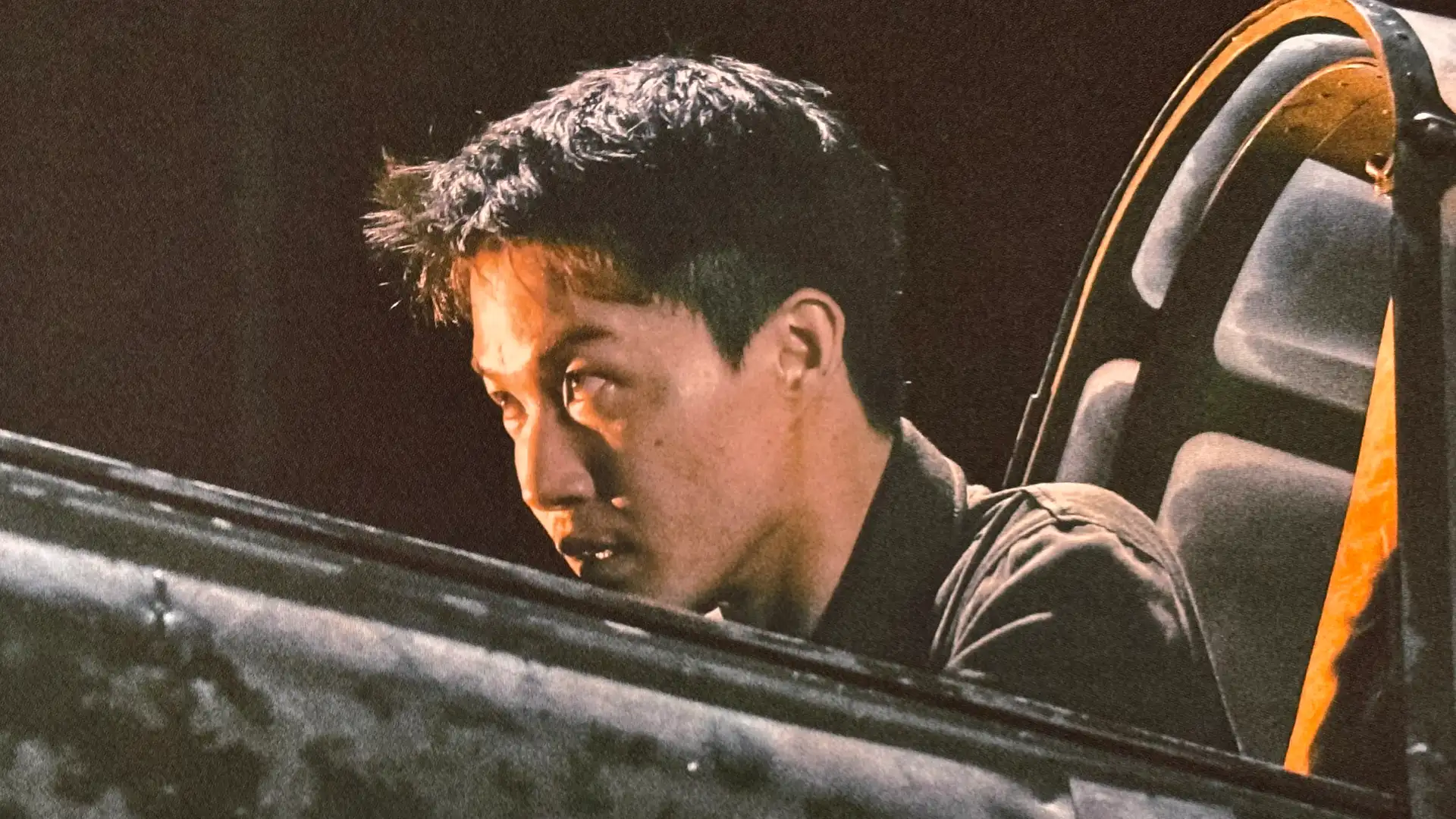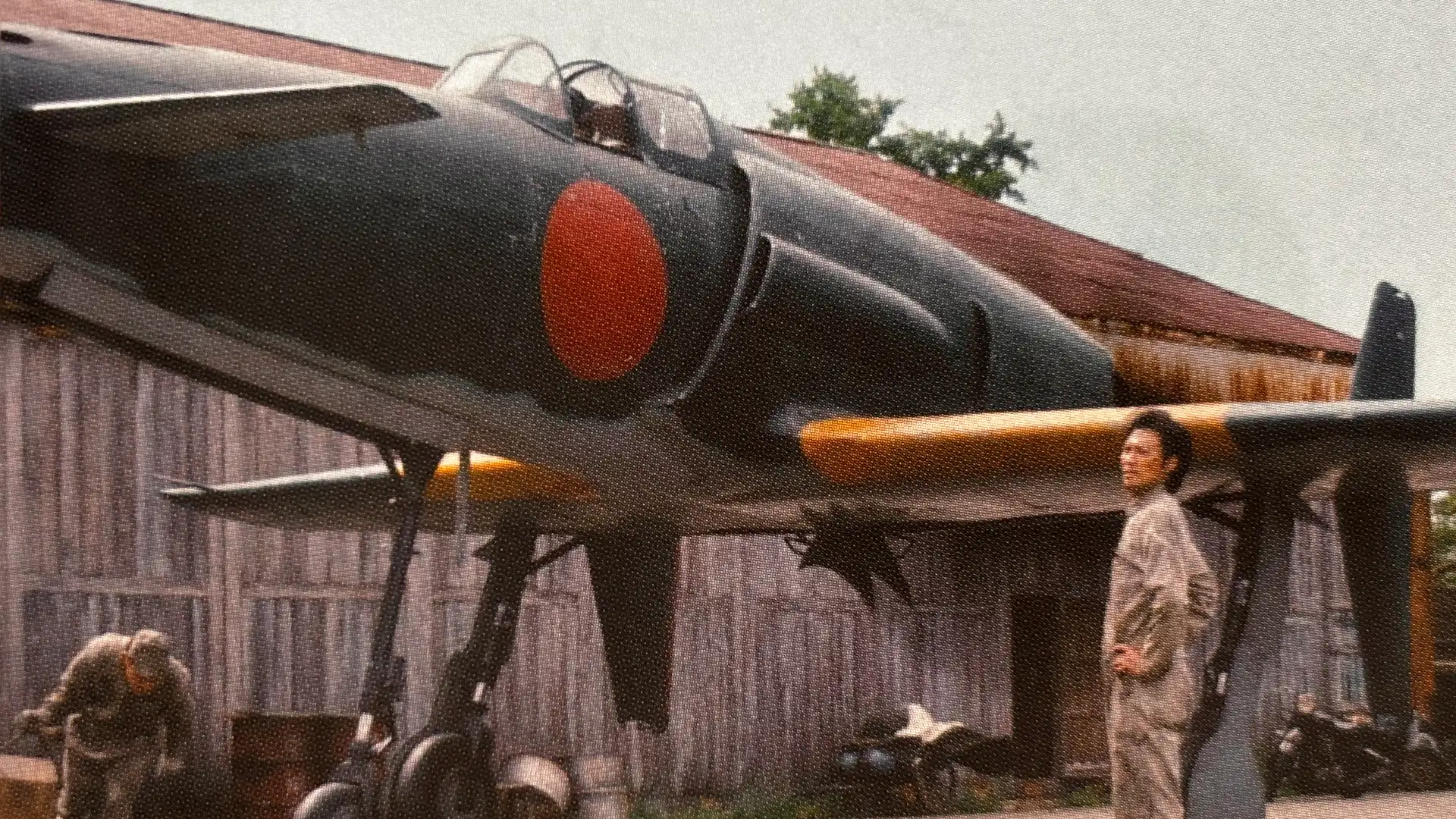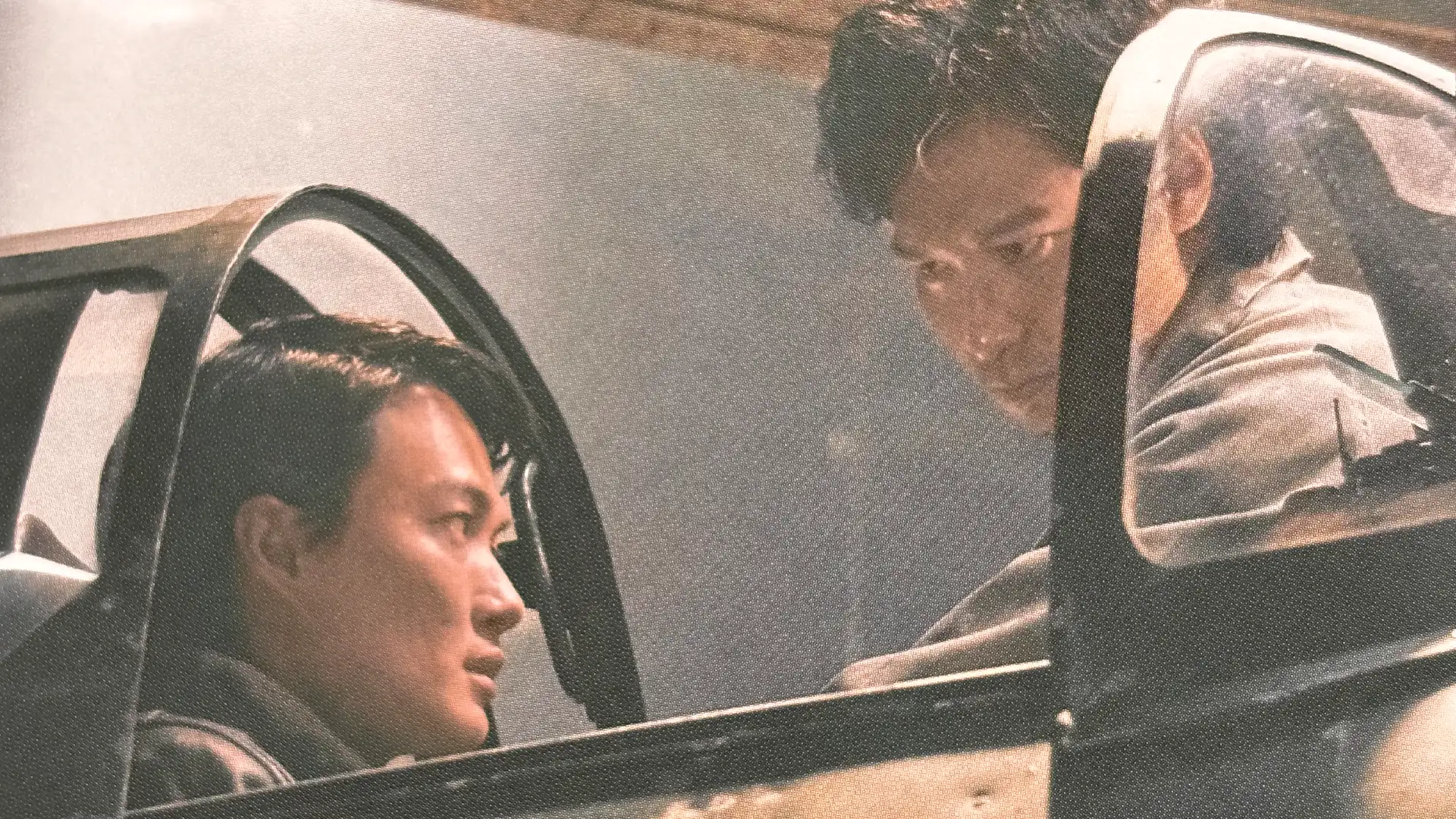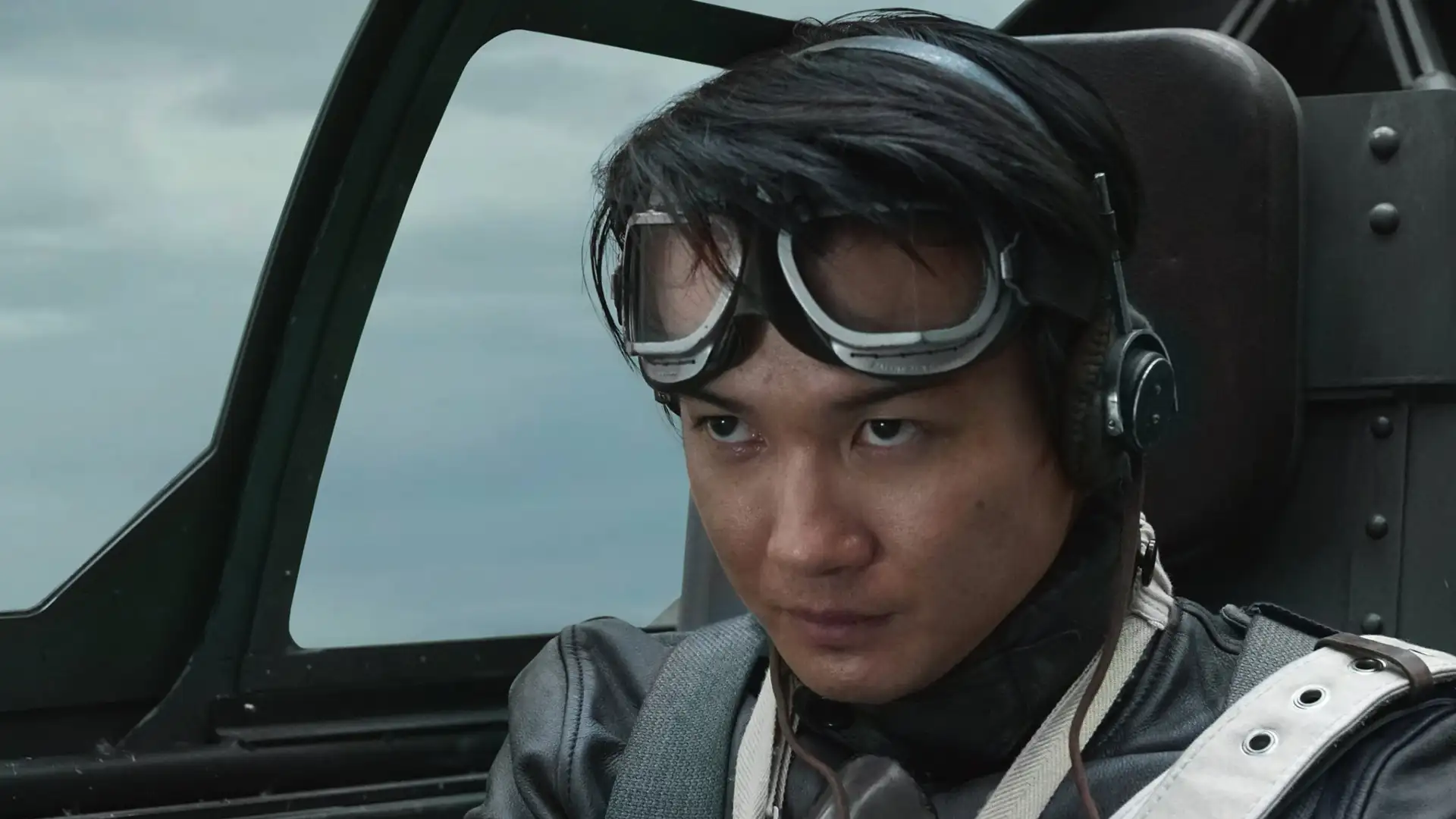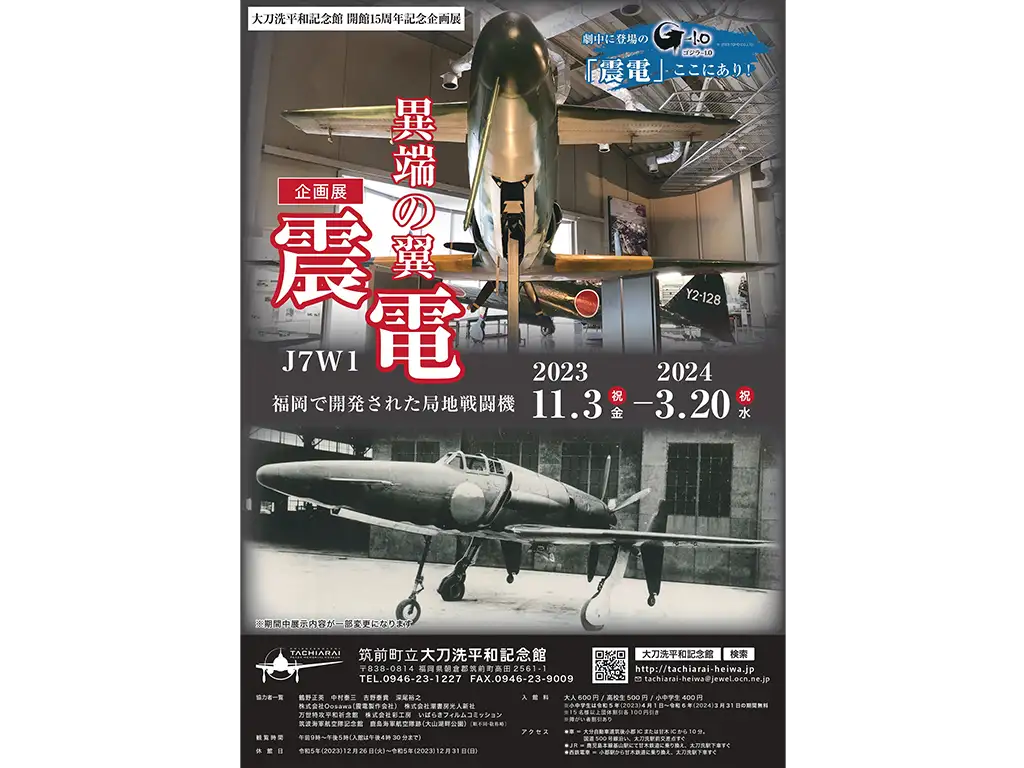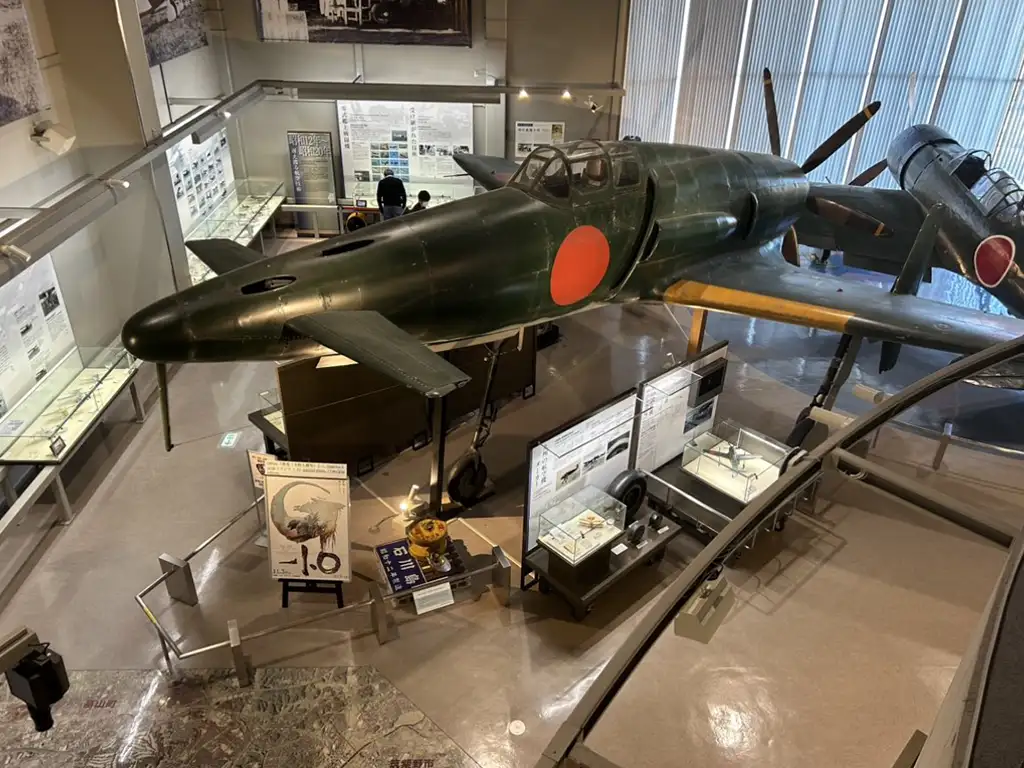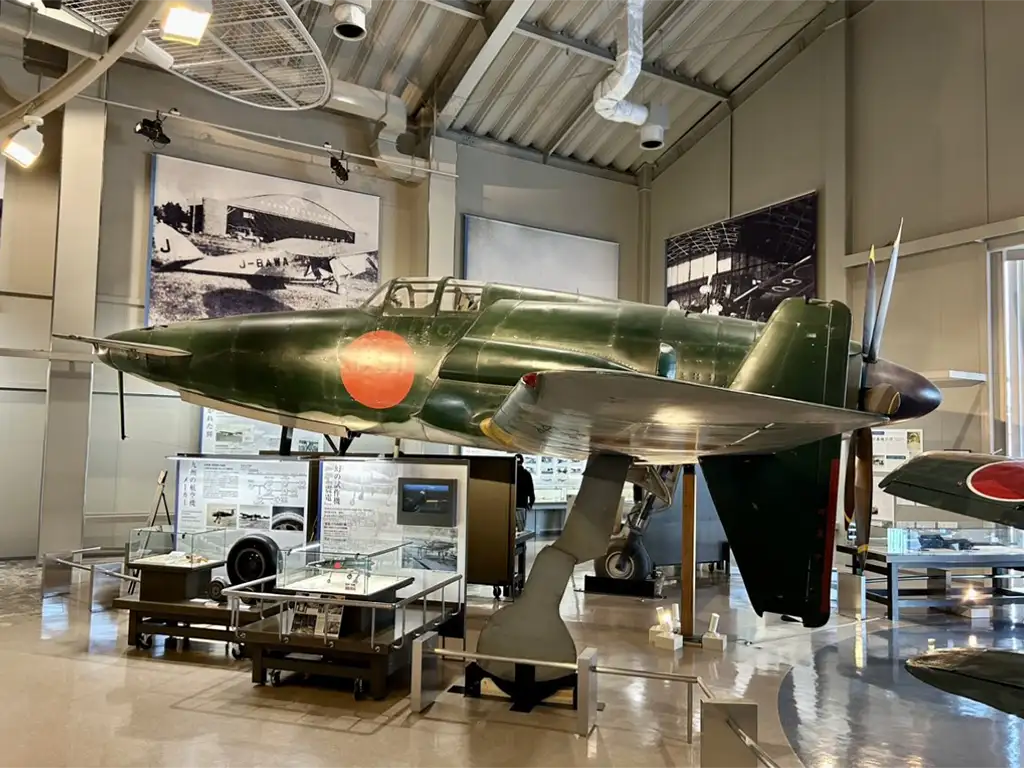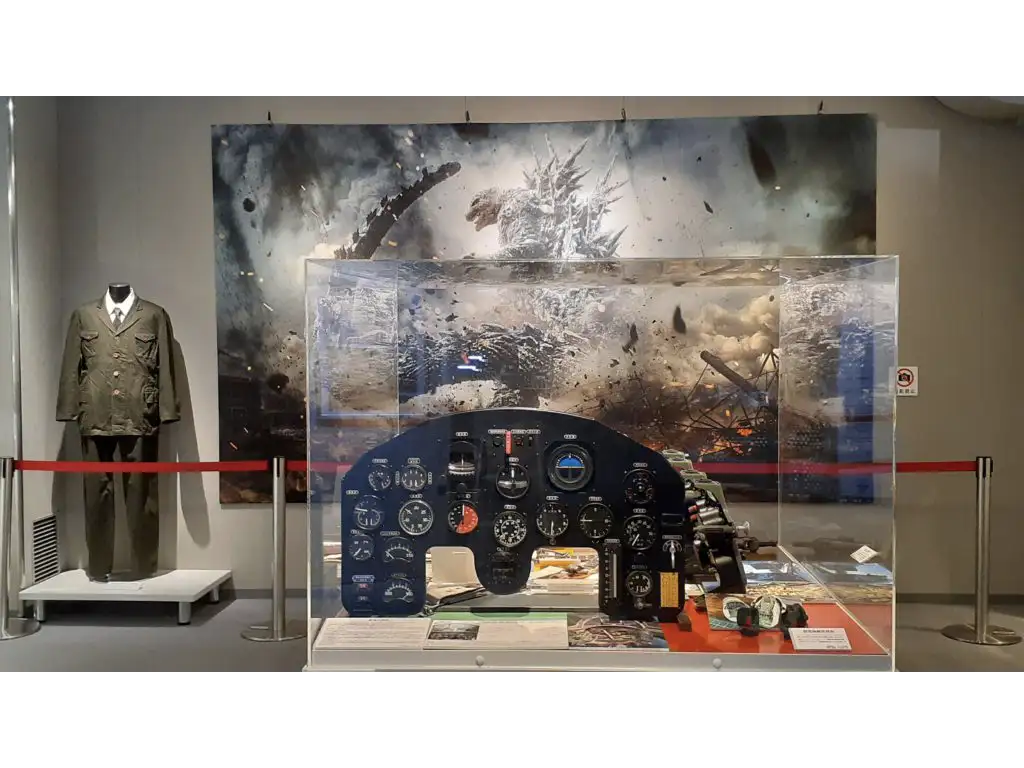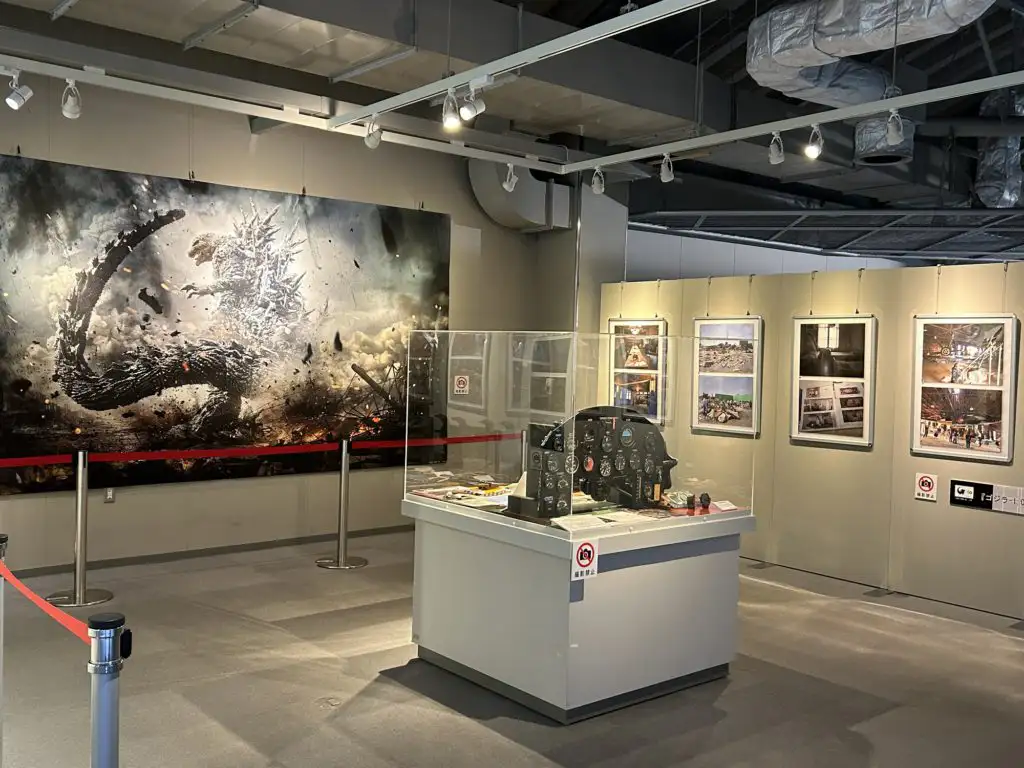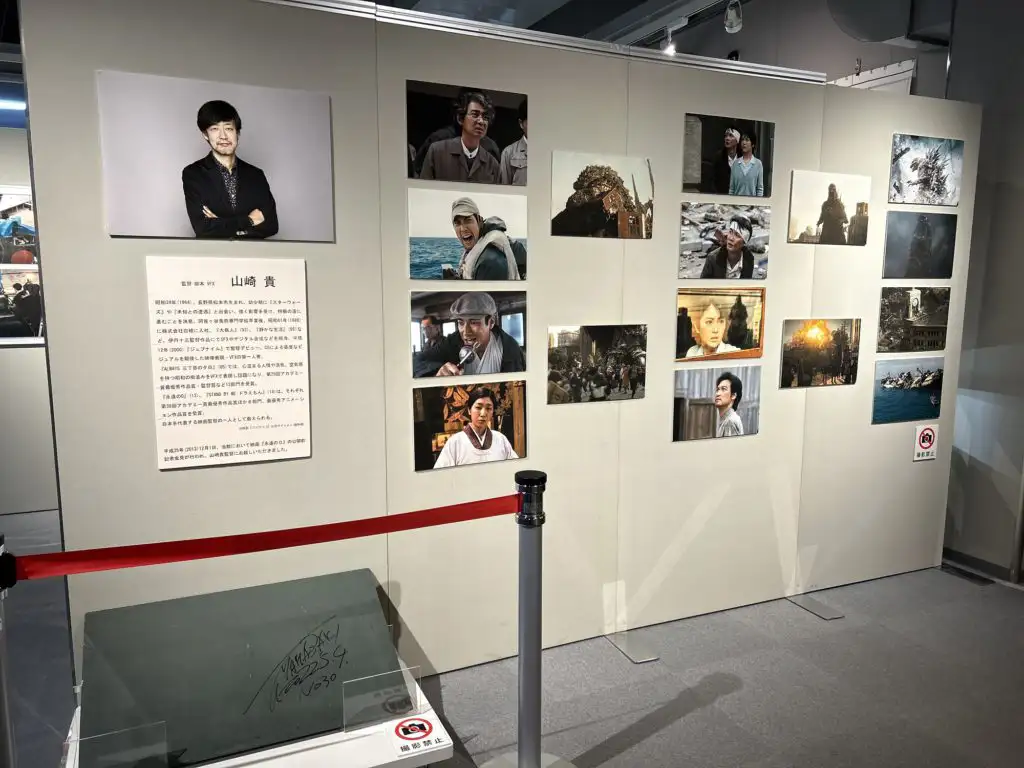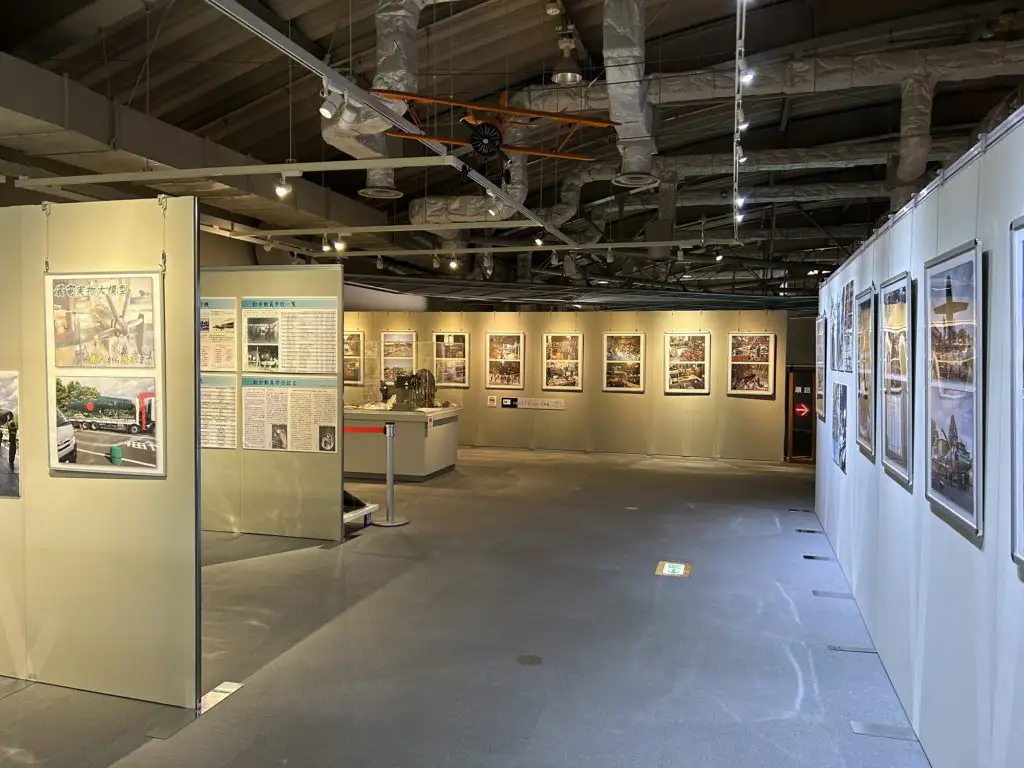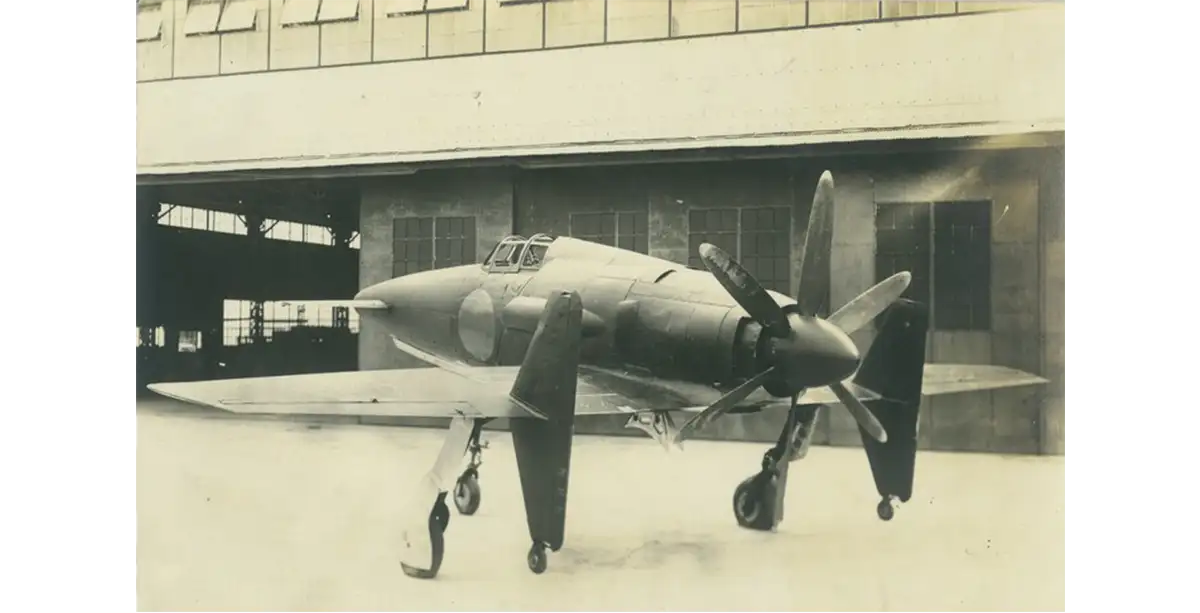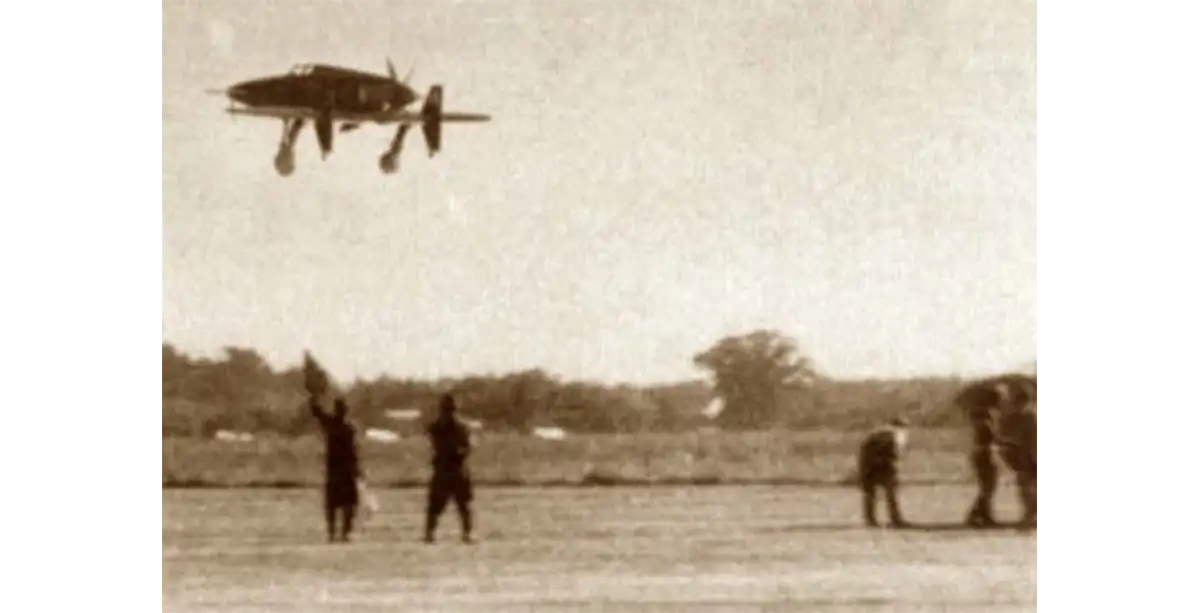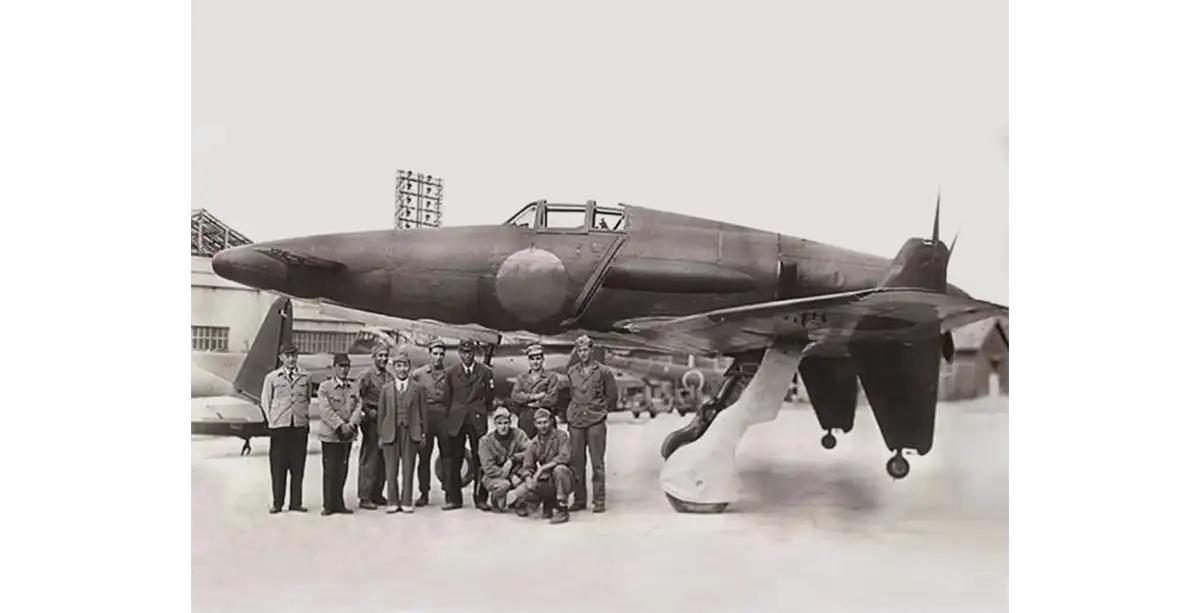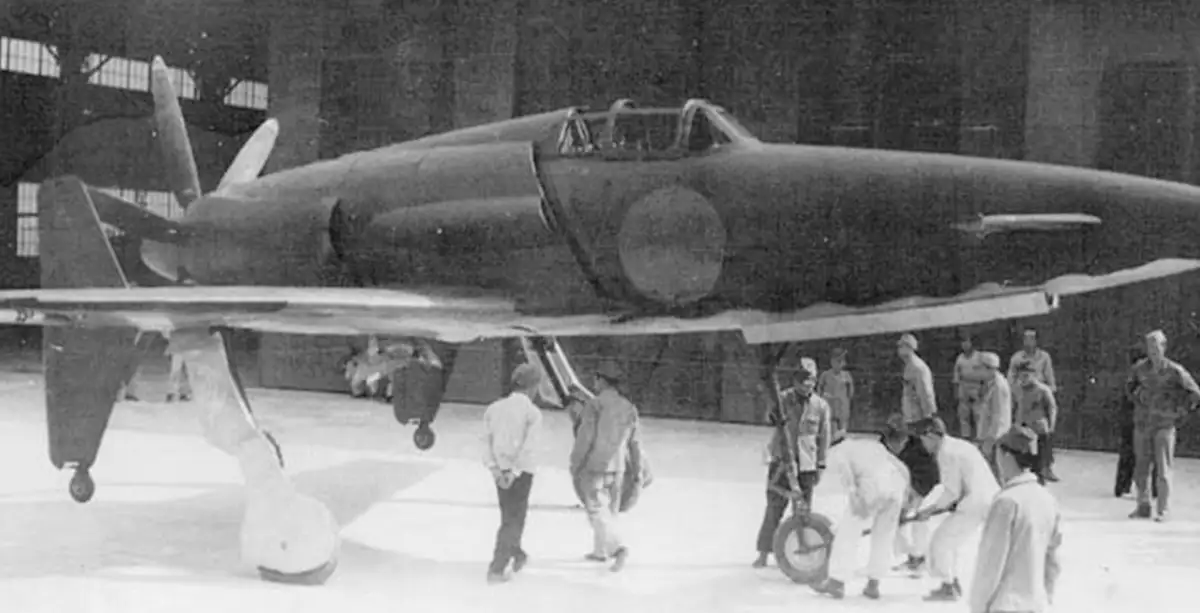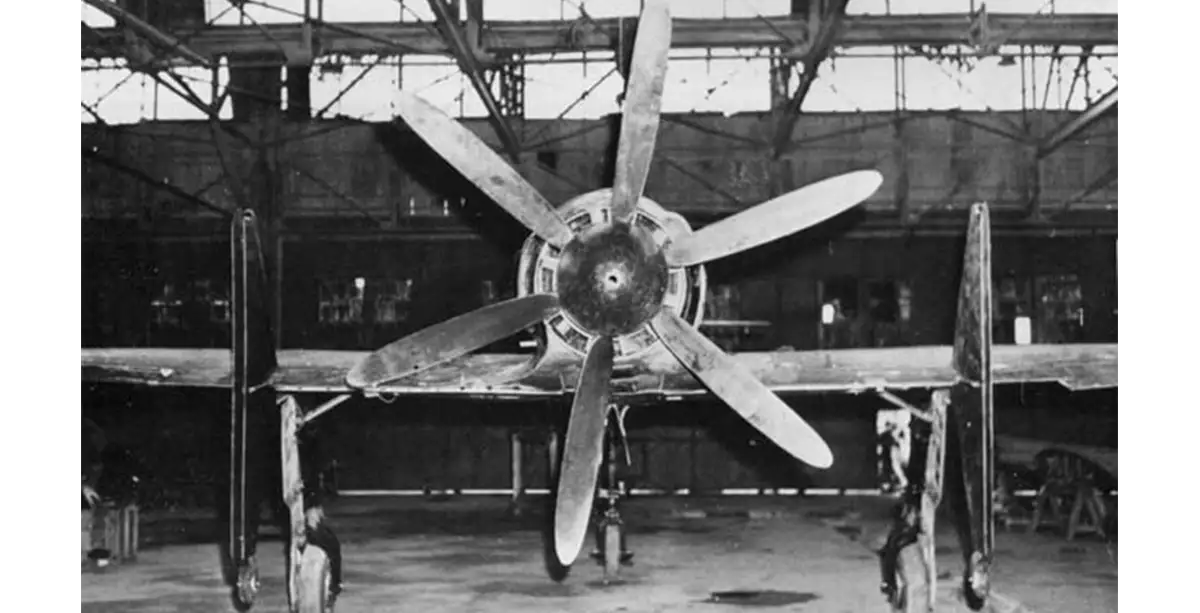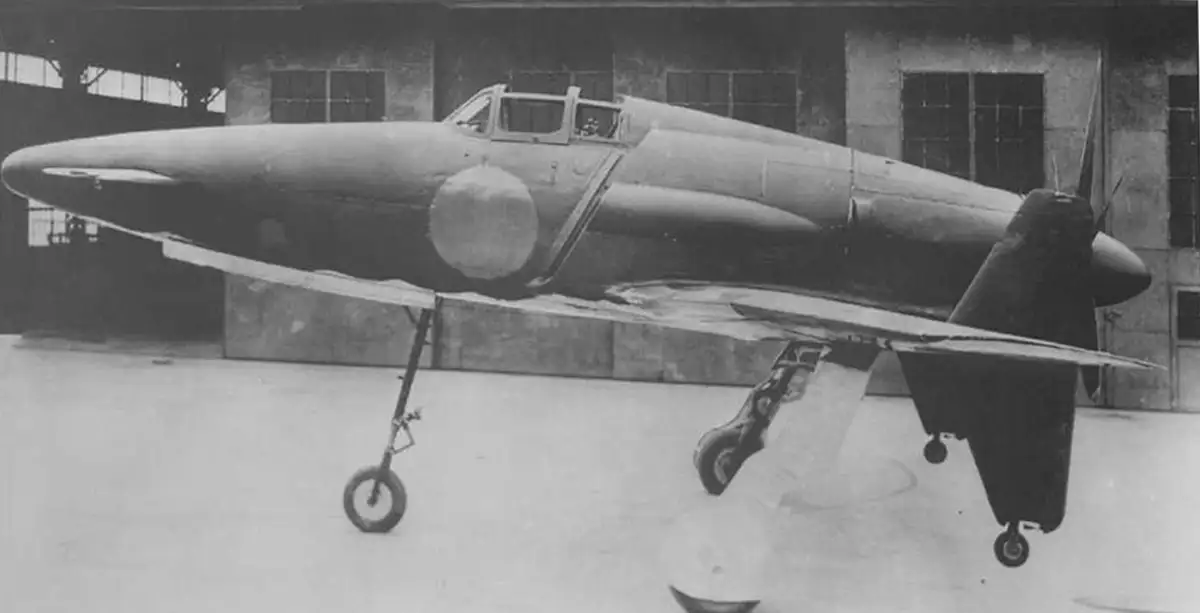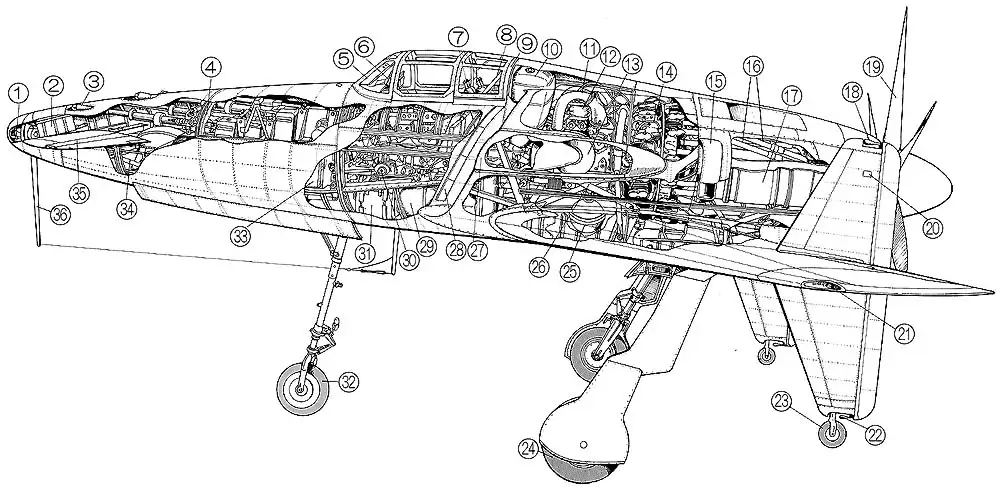11.24.2023
There is so much to love about Godzilla -1.0. And there is so much to discuss and to investigate. Minus One, like its predecessor Shin Godzilla and every Godzilla movie, the military is a big part of the unfolding drama. But things are a bit different now. In director Tamashi Yamazaki’s reimagined origin of Godzilla, there will be no U.S. military intervention and the Japanese Defense Force doesn’t exist. Yet the film that takes place immediately after the war is rich in military history and vehicles. Decommissioned fighters, seafaring vessels, battleships, carriers, destroyers and tanks along with commercial seafaring vessels are centerstage in the battle against Godzilla. They are very much part of the story and the storytelling as are the human characters in Minus One. Acquaintance with these military vehicles in the film and their history will deepen moviegoer’s appreciation of Yamazaki’s story and his Godzilla. But above of them all, Koichi Shikishima and his Shinden take the spotlight.
